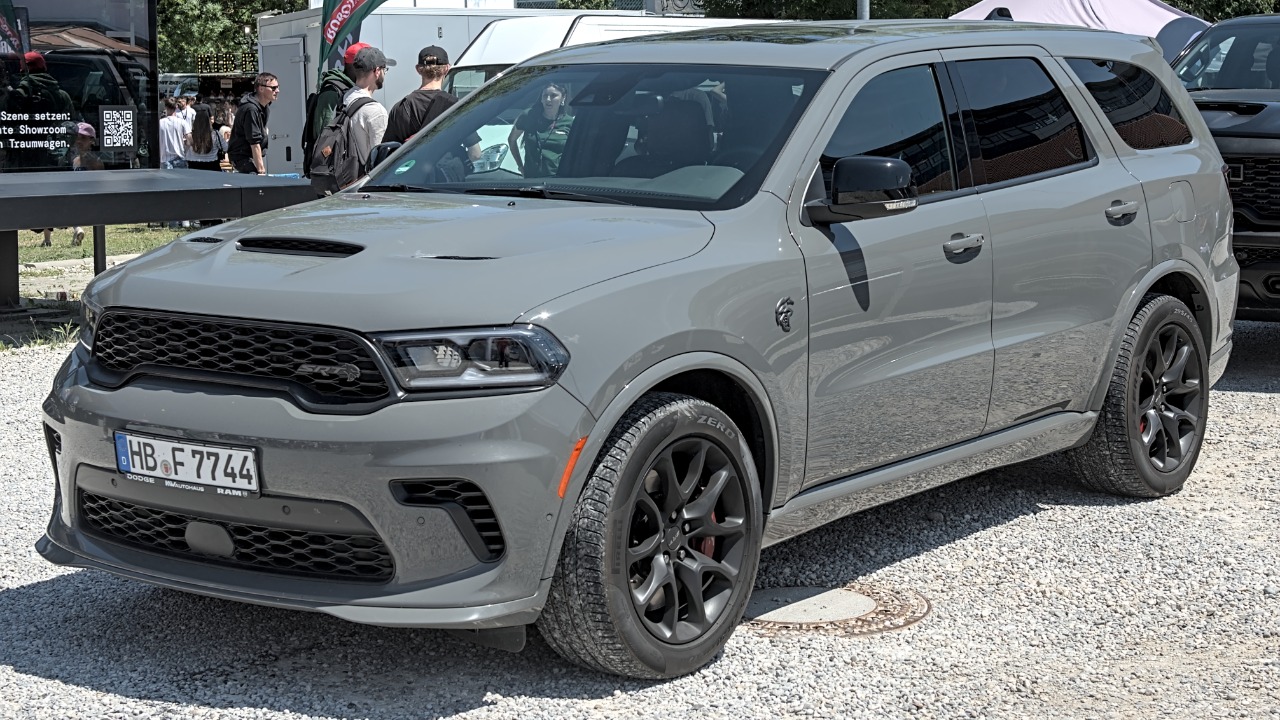
Stellantis, the multinational automotive manufacturing corporation, has announced the revival of its SRT (Street & Racing Technology) performance line. This move signals a renewed focus on high-performance vehicles and innovation within the company. With promising new products on the horizon, Stellantis aims to capture the interest of car enthusiasts and elevate its brand’s prestige in global markets.
The History and Legacy of SRT
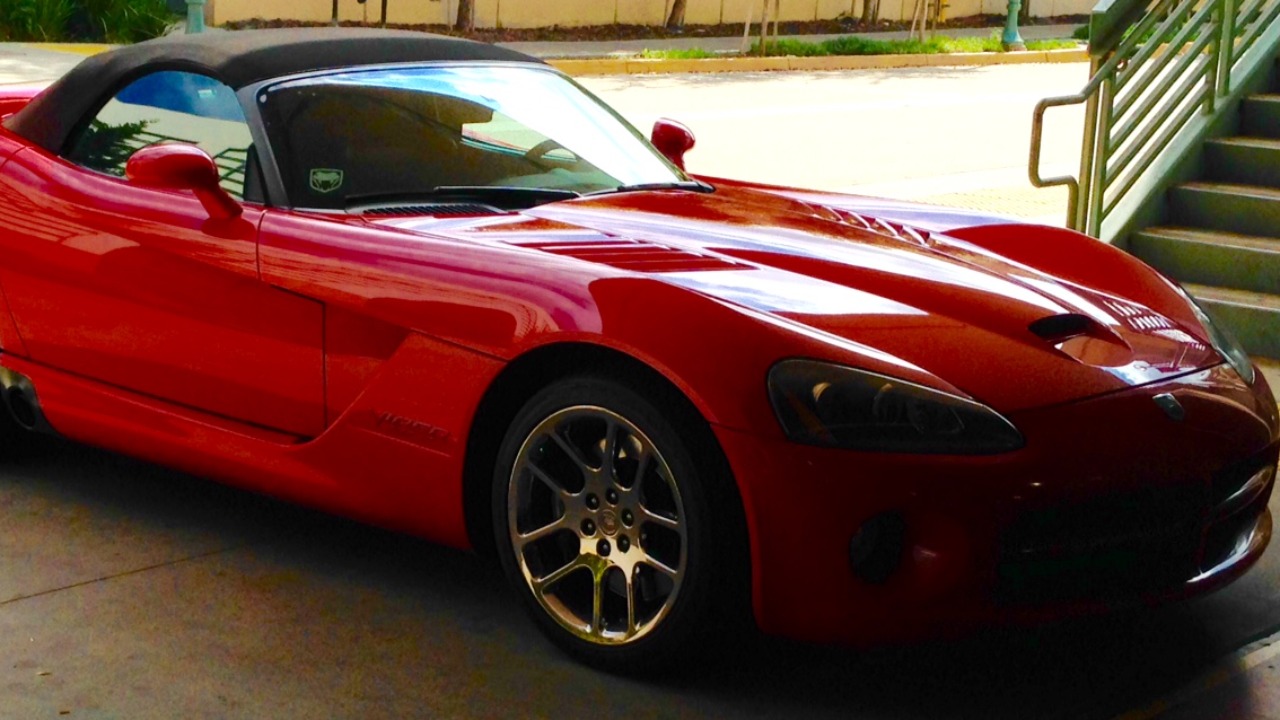
Origins and Evolution
The SRT brand was initially launched as a performance-focused division under Chrysler, created to engineer vehicles that offered exceptional speed and handling. Its inception was driven by a desire to push the boundaries of automotive performance. Over the years, SRT has produced several iconic models, including the Dodge Viper and the Dodge Challenger SRT Hellcat, which became benchmarks in their respective categories. These vehicles not only embodied raw power but also set design and engineering standards that resonated with car enthusiasts worldwide.
As SRT evolved, it expanded its portfolio and embraced technological advancements to maintain its competitive edge. The brand’s commitment to innovation was evident in its adoption of supercharging technology and lightweight materials, which further enhanced the performance of its vehicles. This evolution allowed SRT to remain relevant in a rapidly changing automotive landscape and maintain its position as a leader in performance engineering.
Impact on Automotive Industry
SRT’s influence on the automotive industry cannot be overstated. It set performance benchmarks that many competitors sought to match, thereby elevating the standard for high-performance vehicles globally. The introduction of models like the Jeep Grand Cherokee SRT demonstrated how performance engineering could be integrated into different vehicle categories, further solidifying SRT’s reputation as a versatile and innovative brand.
Moreover, SRT’s pioneering efforts in performance engineering pushed other automakers to innovate and develop their own high-performance divisions. This competition spurred technological advancements across the industry, leading to a new era of performance vehicles that combined speed, luxury, and practicality. As a result, SRT played a crucial role in shaping the modern automotive landscape.
Stellantis’ Strategic Vision for SRT
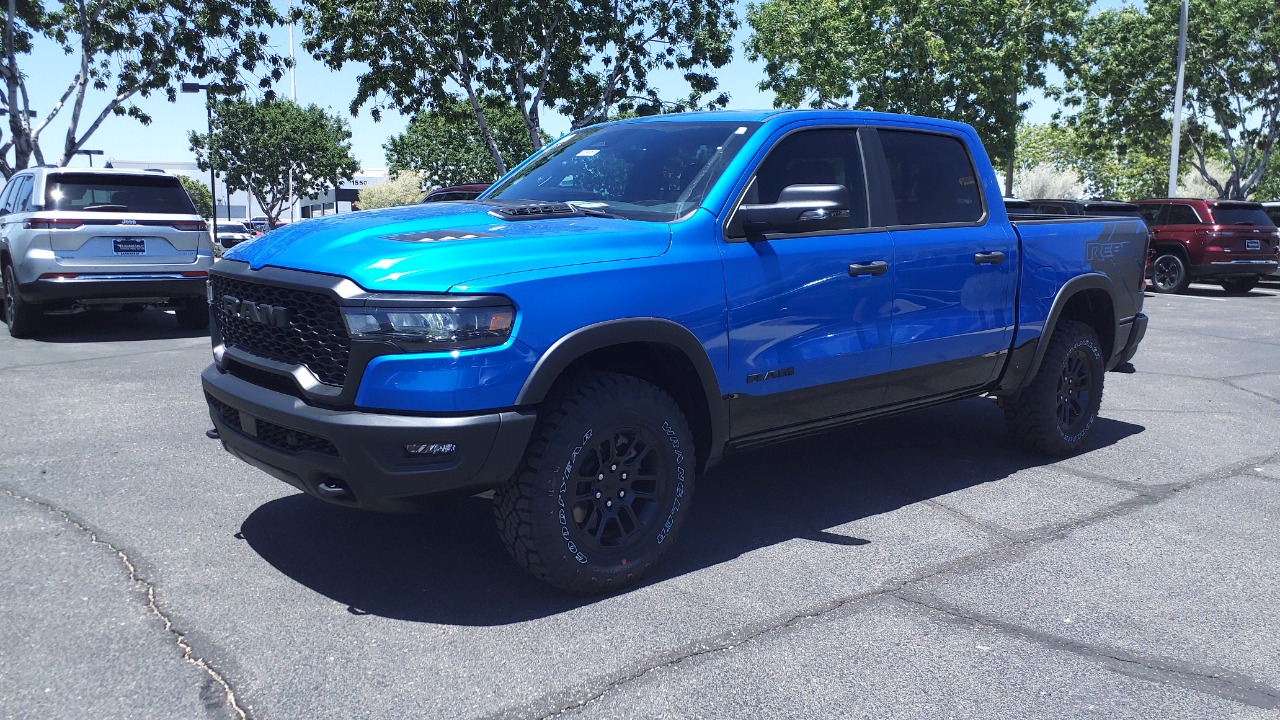
Revival Objectives
The decision to revive SRT is part of Stellantis’ strategic vision to enhance its portfolio with high-performance offerings. By bringing back SRT, Stellantis aims to leverage the brand’s rich heritage and capitalize on the growing demand for performance vehicles. The revival is expected to drive innovation and attract a new generation of customers who prioritize speed, style, and cutting-edge technology.
Stellantis’ goals for the SRT revival include expanding its presence in key markets and strengthening its brand image as a leader in automotive performance. By reintroducing SRT models with state-of-the-art technologies and striking designs, Stellantis hopes to capture a larger share of the performance vehicle market and reinforce its commitment to excellence.
Integration with Stellantis Brands
Stellantis plans to integrate SRT into its existing brand lineup, including Dodge, Jeep, and Chrysler. This integration will allow SRT to benefit from Stellantis’ extensive resources and expertise, facilitating the development of new models that align with the company’s strategic objectives. By collaborating with other Stellantis divisions, SRT can explore innovative product development opportunities and create vehicles that resonate with a diverse customer base.
One potential collaboration involves leveraging the expertise of Stellantis’ electrification teams to develop hybrid or electric SRT models. This approach aligns with Stellantis’ commitment to sustainability and addresses the growing demand for environmentally friendly performance vehicles. By combining performance with sustainability, SRT can appeal to a wider audience and stay ahead of industry trends.
Future SRT Models and Technologies
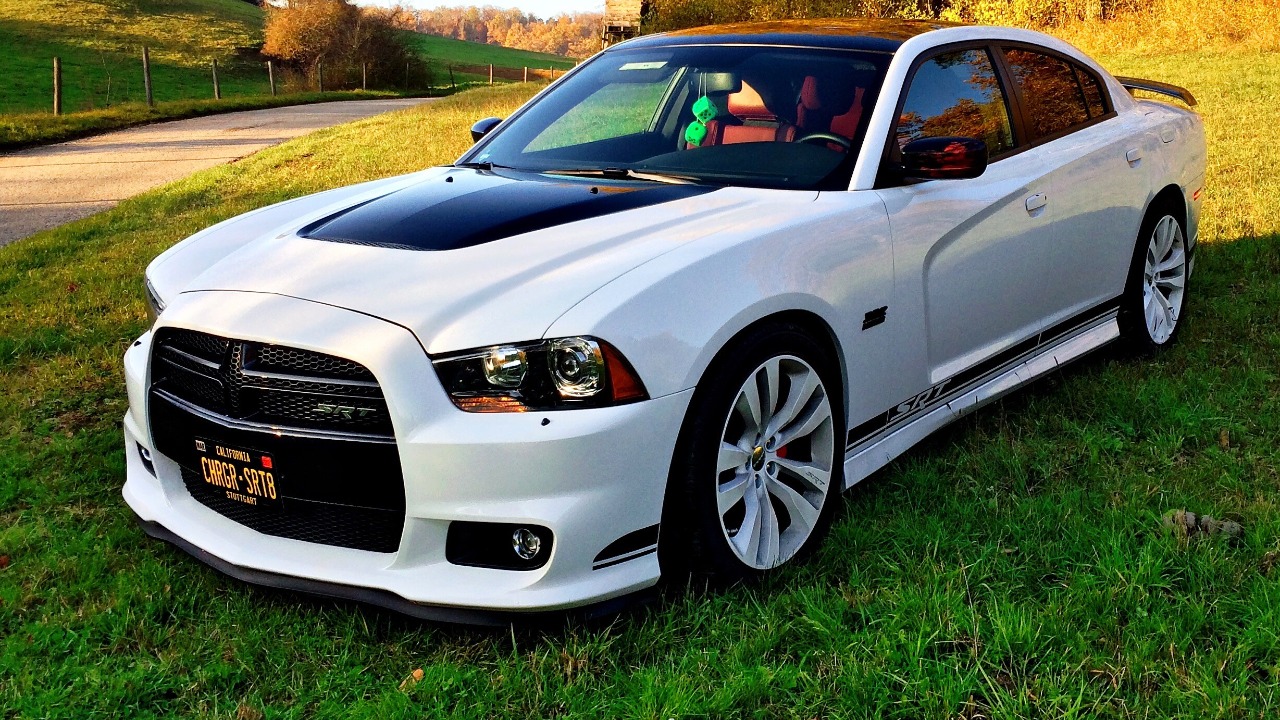
Upcoming Releases
Stellantis has announced plans to introduce a series of new models under the SRT banner, each designed to deliver unparalleled performance and advanced technology. Among the anticipated releases is the next-generation Dodge Charger SRT, which is expected to feature a more powerful engine and enhanced aerodynamics. The Jeep Grand Cherokee Trackhawk is also set to make a comeback, boasting improved off-road capabilities and a refined interior.
These upcoming models will incorporate features that set them apart from competitors, such as advanced driver-assistance systems and customizable performance settings. By offering a unique blend of power, technology, and luxury, SRT vehicles are poised to capture the attention of performance enthusiasts and casual drivers alike.
Innovations in Performance and Sustainability
Stellantis is committed to incorporating cutting-edge technologies into its SRT models to enhance performance while maintaining environmental sustainability. This includes exploring the use of lightweight materials, such as carbon fiber, to improve efficiency and reduce emissions. Additionally, Stellantis is investing in electrification technologies to develop hybrid and electric powertrains that deliver exceptional performance with minimal environmental impact.
By balancing high performance with sustainability, Stellantis aims to position SRT as a leader in the performance vehicle segment and address the growing demand for eco-friendly options. This approach not only aligns with global regulatory standards but also reflects Stellantis’ commitment to responsible innovation and environmental stewardship.
Challenges and Opportunities for Stellantis

Market Competition and Consumer Expectations
The performance vehicle market is highly competitive, with established players like BMW M and Mercedes-AMG setting high standards. To differentiate itself, SRT must deliver products that offer superior performance and innovative features. Stellantis plans to achieve this by leveraging its extensive research and development capabilities and focusing on customer-centric design.
Understanding consumer expectations is crucial for SRT’s success. Today’s car buyers seek vehicles that offer a seamless blend of performance, technology, and comfort. By listening to customer feedback and anticipating market trends, Stellantis aims to exceed expectations and create vehicles that resonate with a diverse audience.
Navigating Regulatory and Environmental Challenges
As automotive regulations become increasingly stringent, Stellantis faces challenges in ensuring that its SRT models comply with global standards. This includes adhering to emissions regulations, safety requirements, and other industry benchmarks. Stellantis is committed to addressing these challenges by investing in research and development to create vehicles that meet and exceed regulatory standards.
Environmental concerns also play a significant role in shaping Stellantis’ strategy for SRT. By focusing on sustainability and innovation, Stellantis aims to develop performance vehicles that not only deliver exceptional speed and handling but also minimize environmental impact. This approach reflects Stellantis’ commitment to responsible growth and long-term success.
The Impact of SRT Revival on Stellantis’ Global Brand
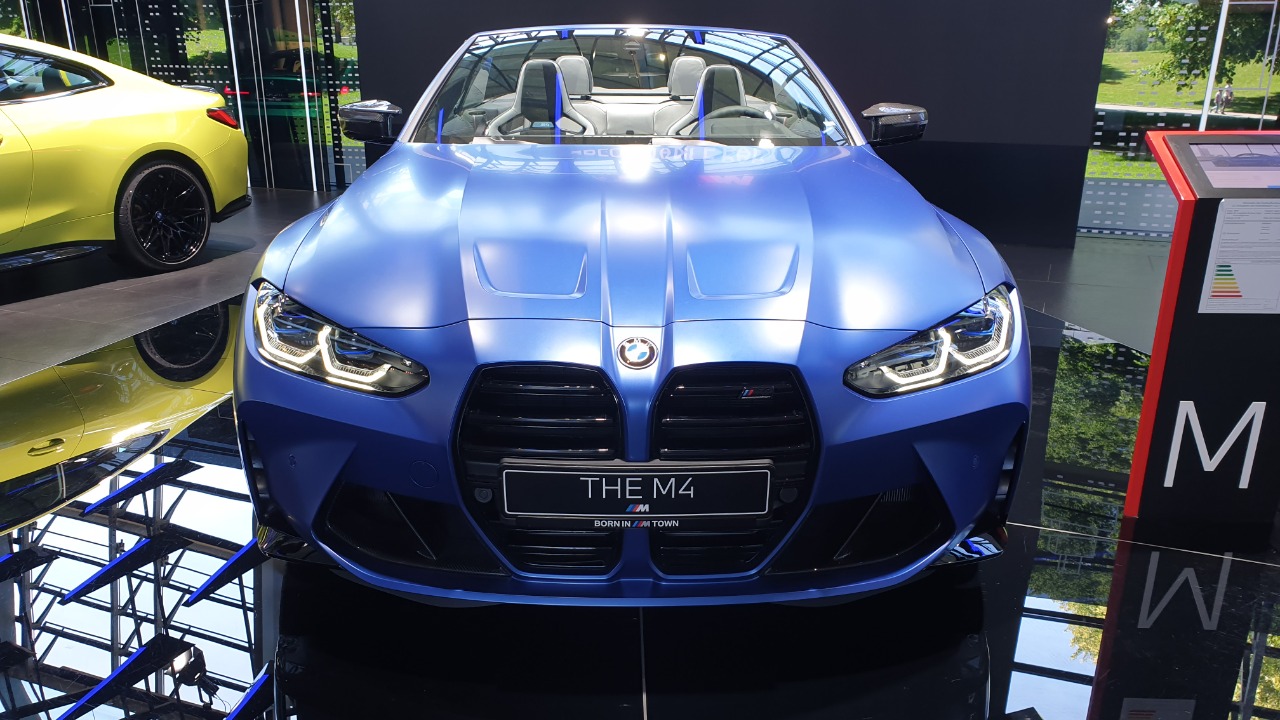
Enhancing Brand Prestige and Market Position
The revival of SRT is expected to enhance Stellantis’ brand prestige and strengthen its market position. By reintroducing a performance-oriented division, Stellantis can capitalize on the growing popularity of high-performance vehicles and attract a new generation of customers. This move is likely to boost Stellantis’ market share and increase brand loyalty among performance enthusiasts.
Furthermore, the SRT revival aligns with Stellantis’ broader strategy to diversify its product offerings and expand its presence in key markets. By delivering innovative and high-quality vehicles, Stellantis can reinforce its reputation as a leader in the automotive industry and drive long-term growth.
Long-Term Vision and Growth Prospects
Stellantis has a long-term vision for SRT that involves continuous innovation and expansion in the performance vehicle segment. This includes exploring new technologies, such as autonomous driving and connectivity, to enhance the driving experience. By staying at the forefront of industry trends, Stellantis aims to ensure SRT’s relevance and success in an ever-evolving market.
Looking ahead, Stellantis plans to explore new opportunities for SRT, including potential collaborations with other automakers and technology companies. By leveraging these partnerships, Stellantis can enhance its product offerings and strengthen its competitive advantage. This forward-thinking approach reflects Stellantis’ commitment to innovation and growth, ensuring that SRT remains a key player in the performance vehicle segment for years to come.